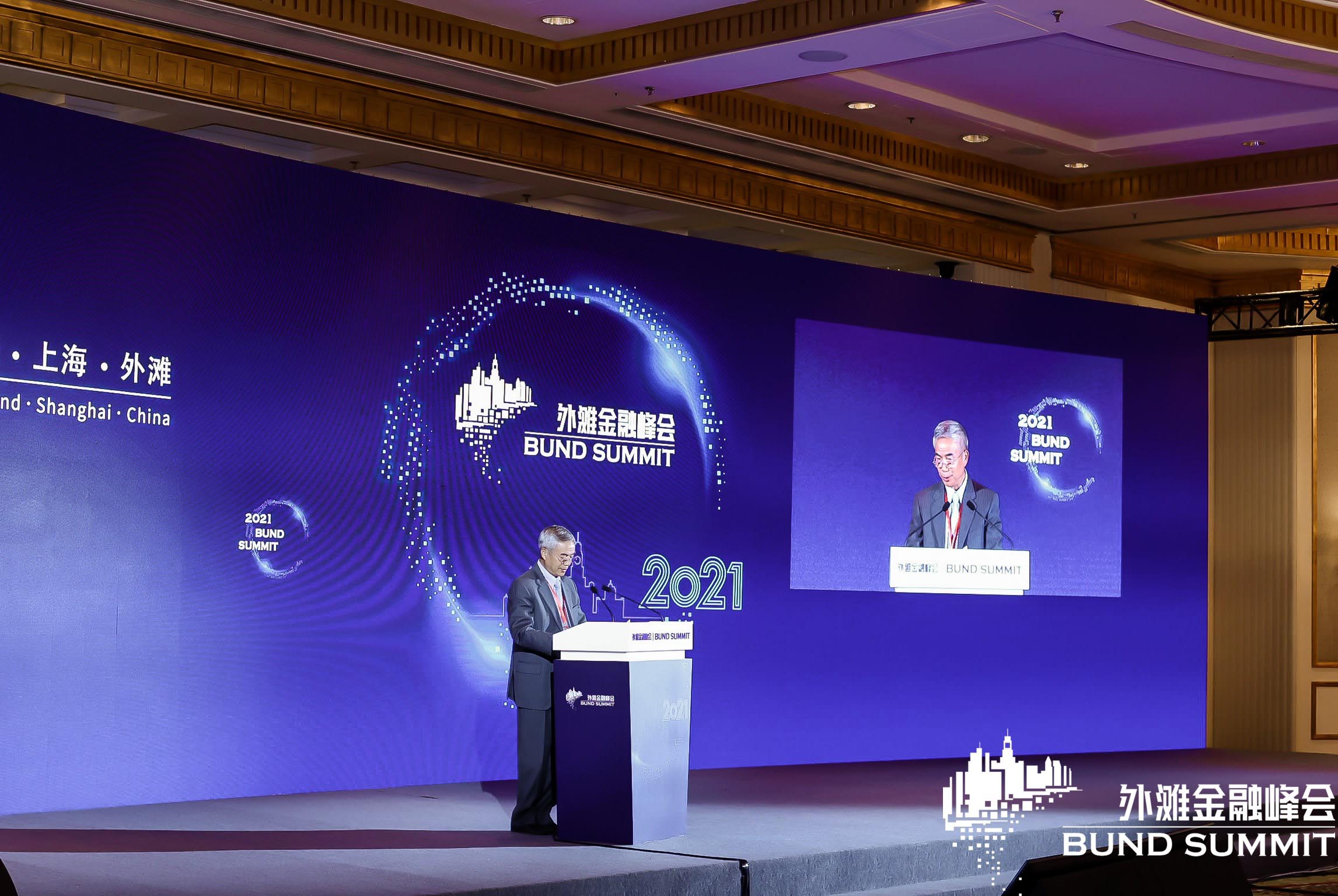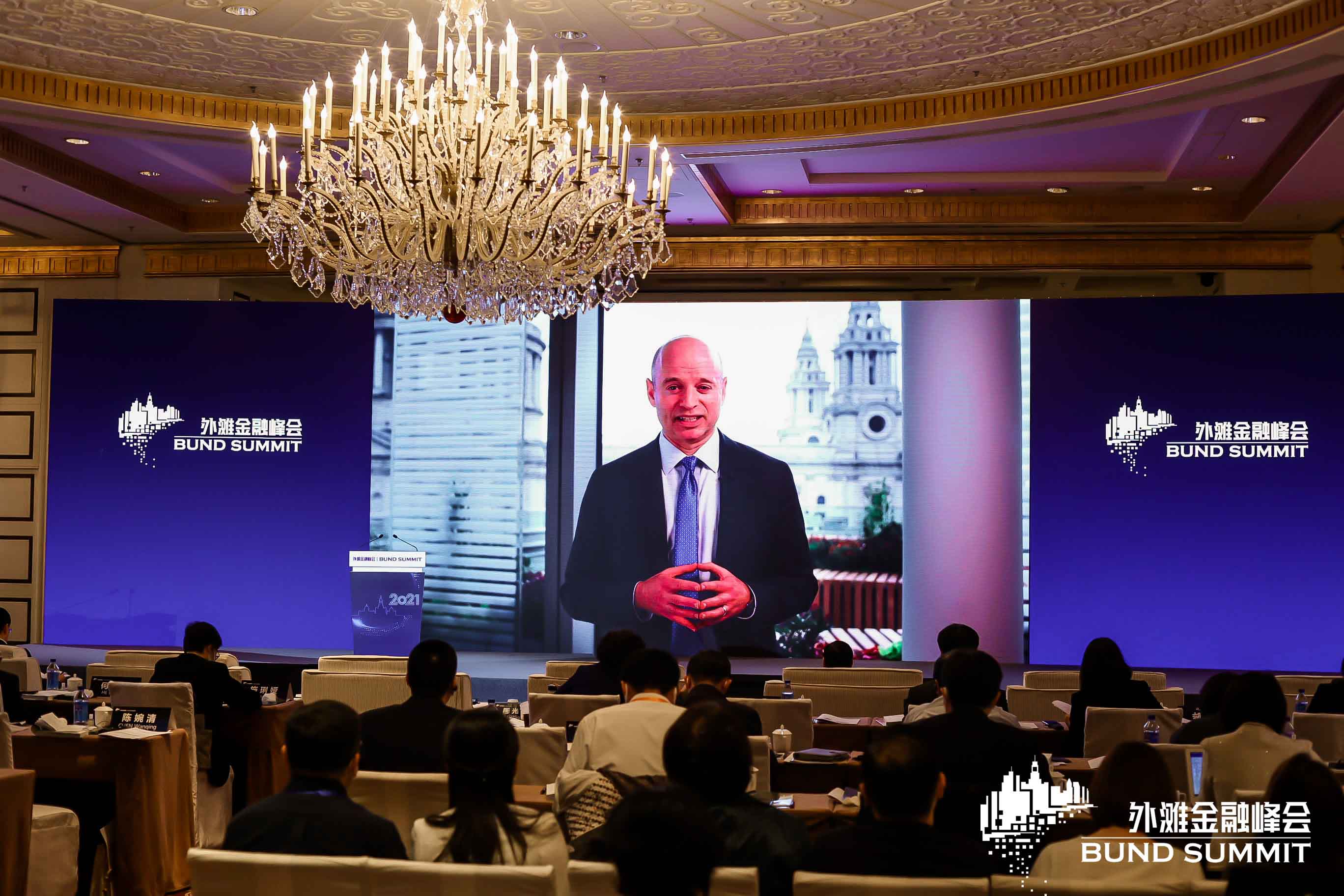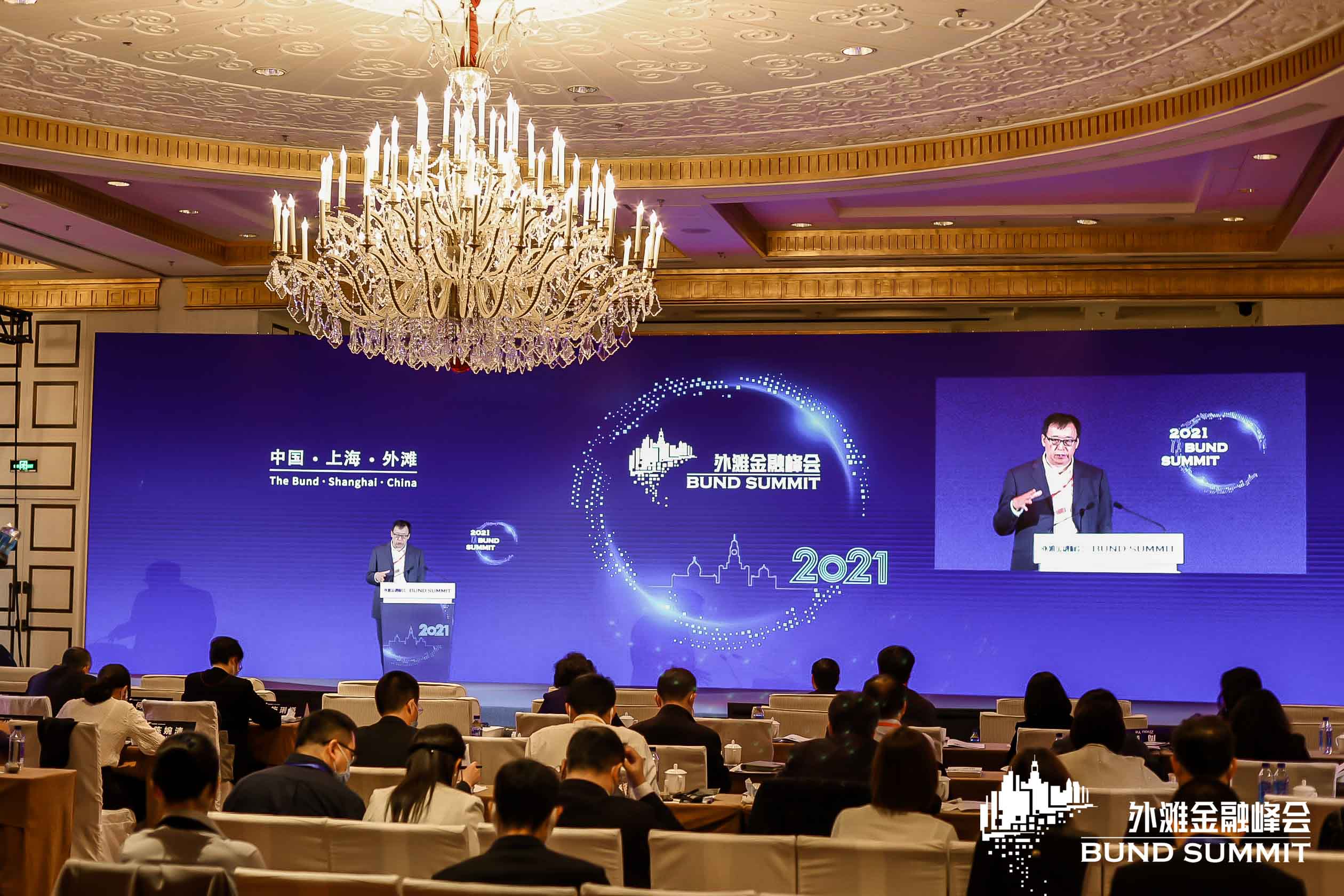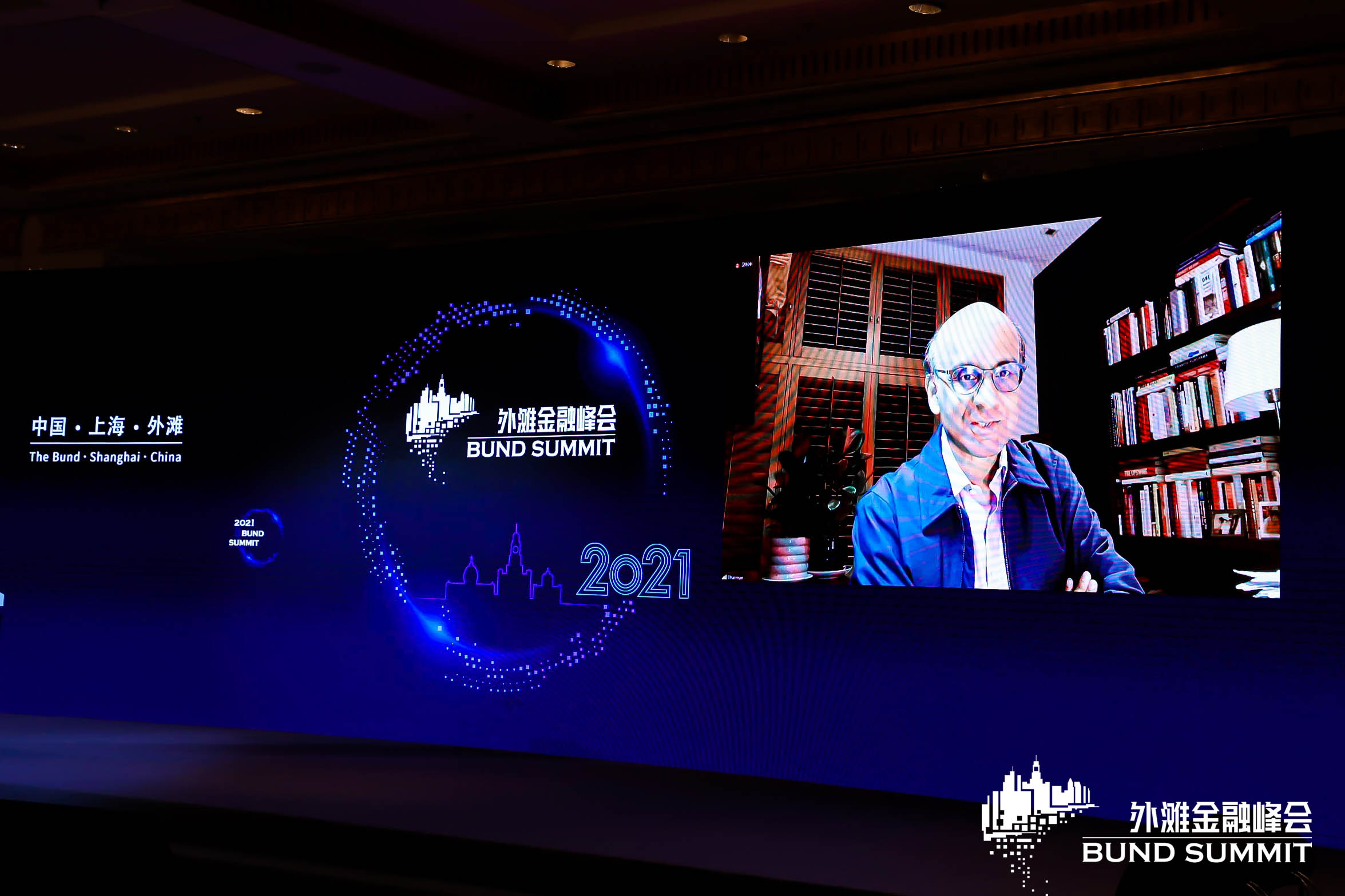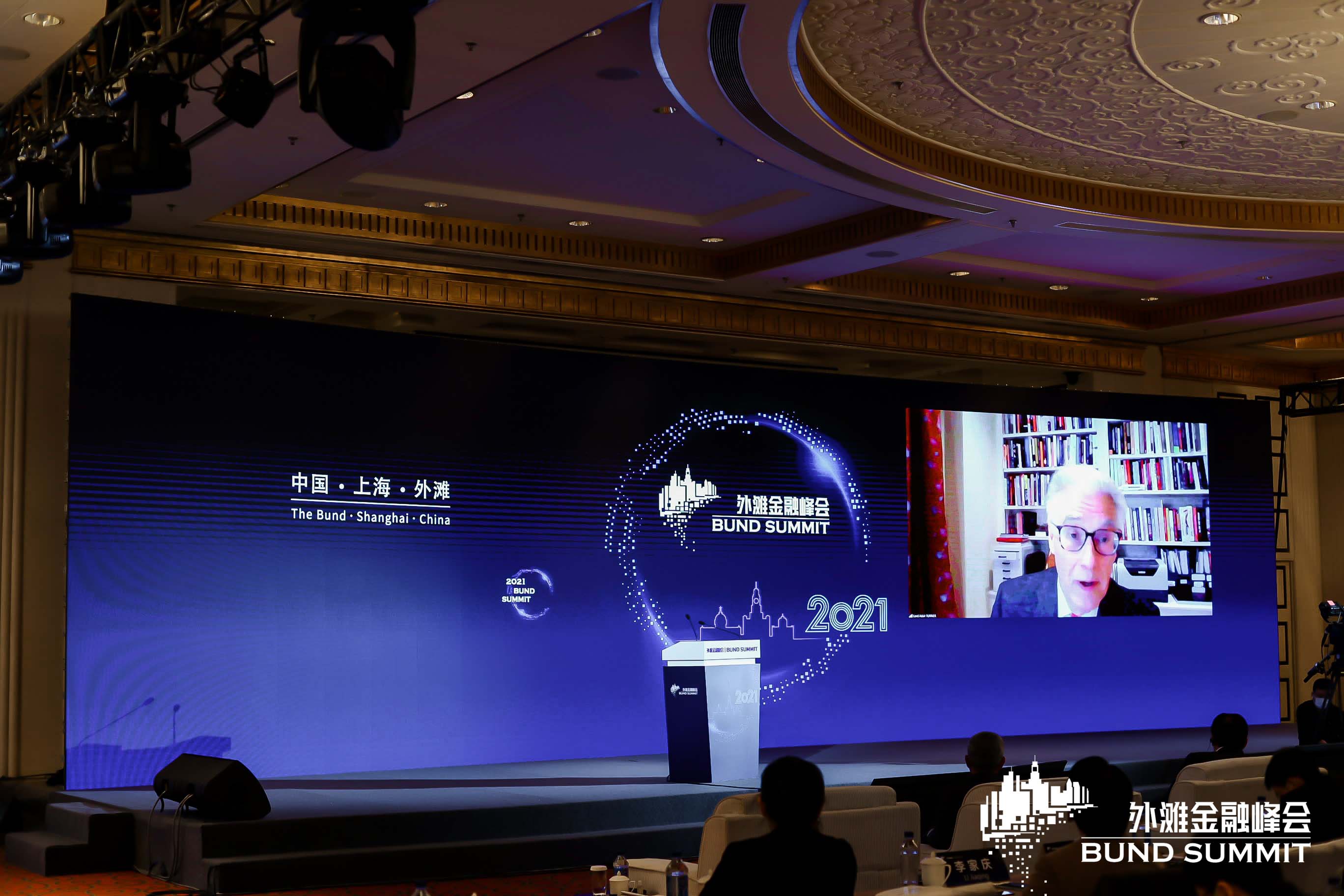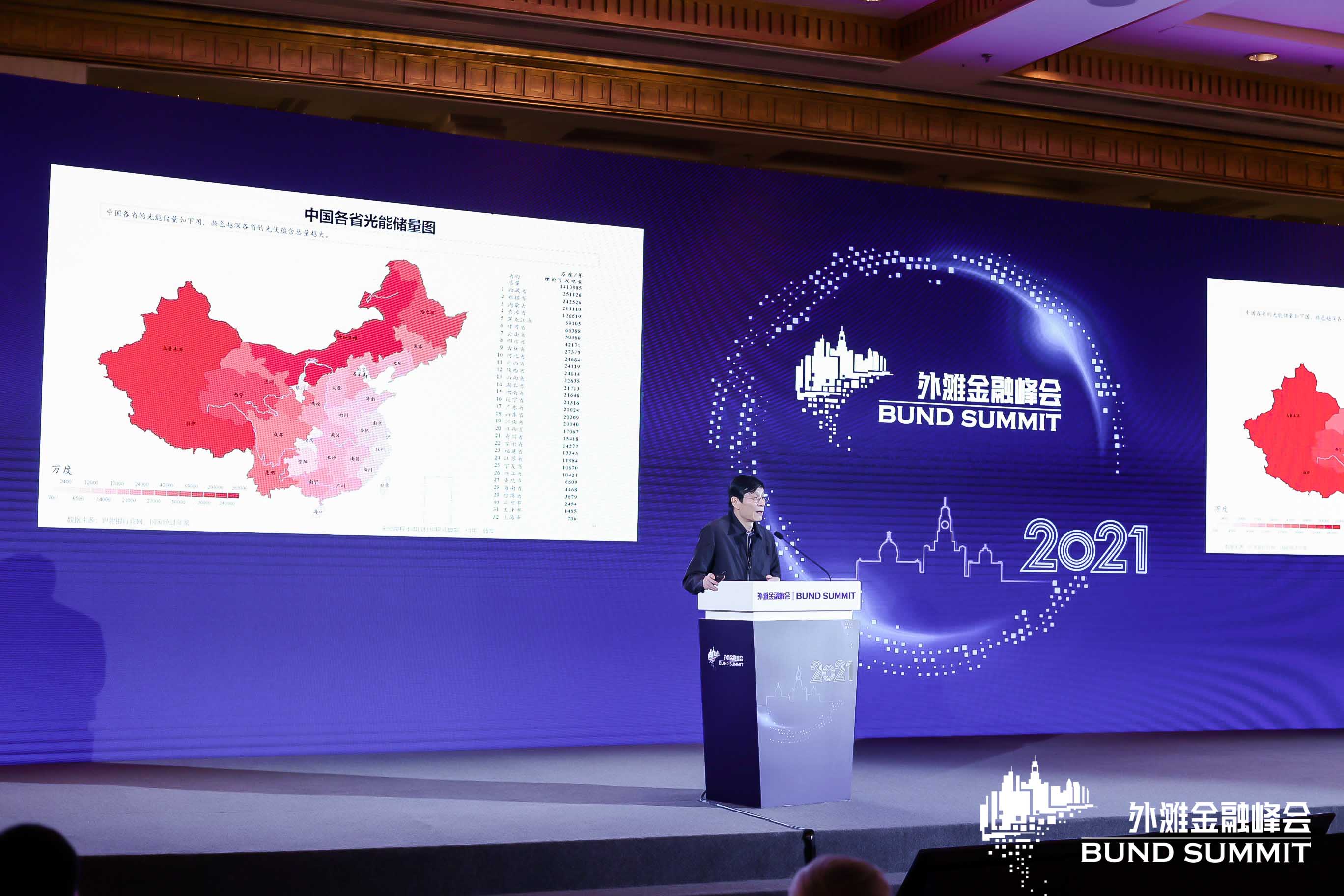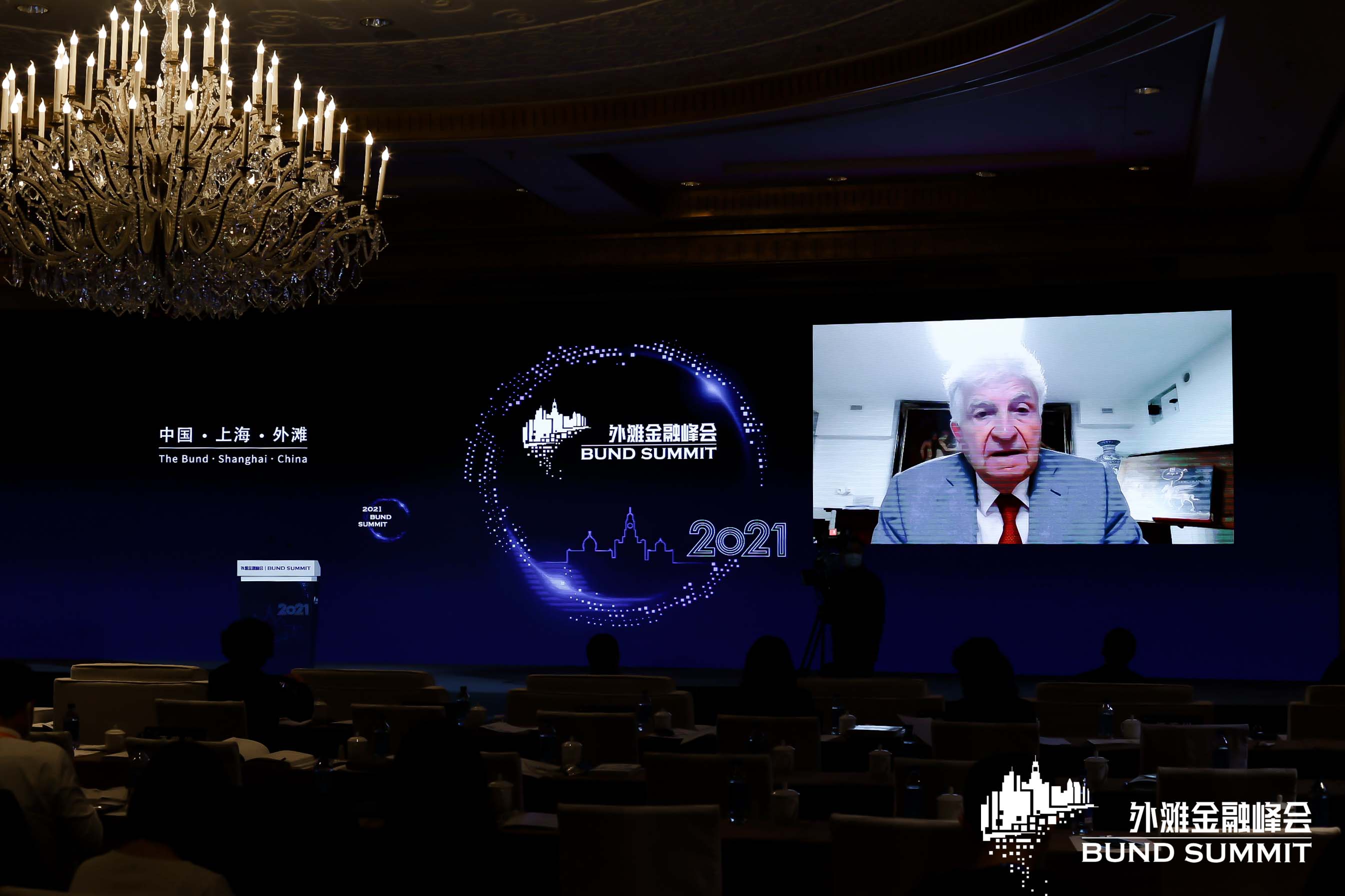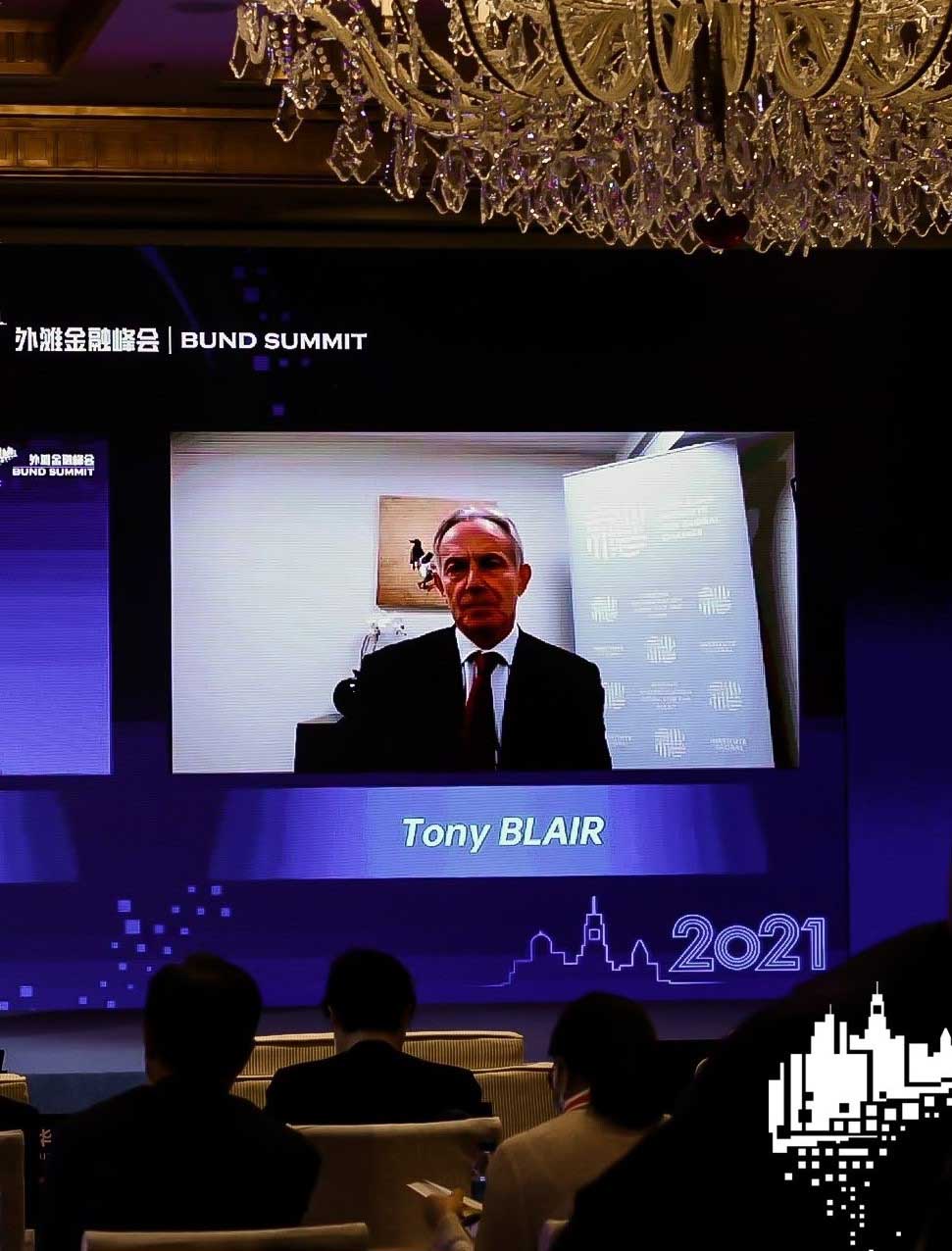

Poor households could suffer due to natural disasters and insufficient protection. But tackling climate change could also lead to a redistribution of wealth. How to take into account developing countries’ need to grow and industrialize and at the same time the critical need to reduce emissions is the single biggest challenge.
First, the developed countries should take really tough action in order to meet their targets. The second thing that we need to do is to focus on the next 10 years, looking at the ways to accelerate energy efficiency, dealing with issues like deforestation, cutting coal production and reliance on coal, and then investing as much as we possibly can in renewables. And then the third thing is, we've got to work very closely together with countries like China, India, Southeast Asian countries and elsewhere to work out consistently, with their path to development and the necessity to grow, to make sure that developing countries carry on lifting people out of poverty, and developed countries can work with them both in terms of sharing technology and climate finance initiative. The developed world does have to meet its climate finance pledge, which is $100 billion a year, and help with the financing of green investment in the developing world.
Green-tech investment could potentially lower the cost of becoming green for lots of companies and developing countries. There's a large amount of private sector money looking for investment opportunities. And the problem with a lot of the green projects in the developing world is that they are not in investable form. To put it in investable form, it requires the input, not just of the government, but of the private sector. It requires climate finance initiative, transferring money, helping the governments set up the right regulatory systems, and creating the right basis for investors to come and invest in these projects. There's a large amount of practical work that needs to go on.

Tony BLAIR
Former Prime Minister of the United Kingdom
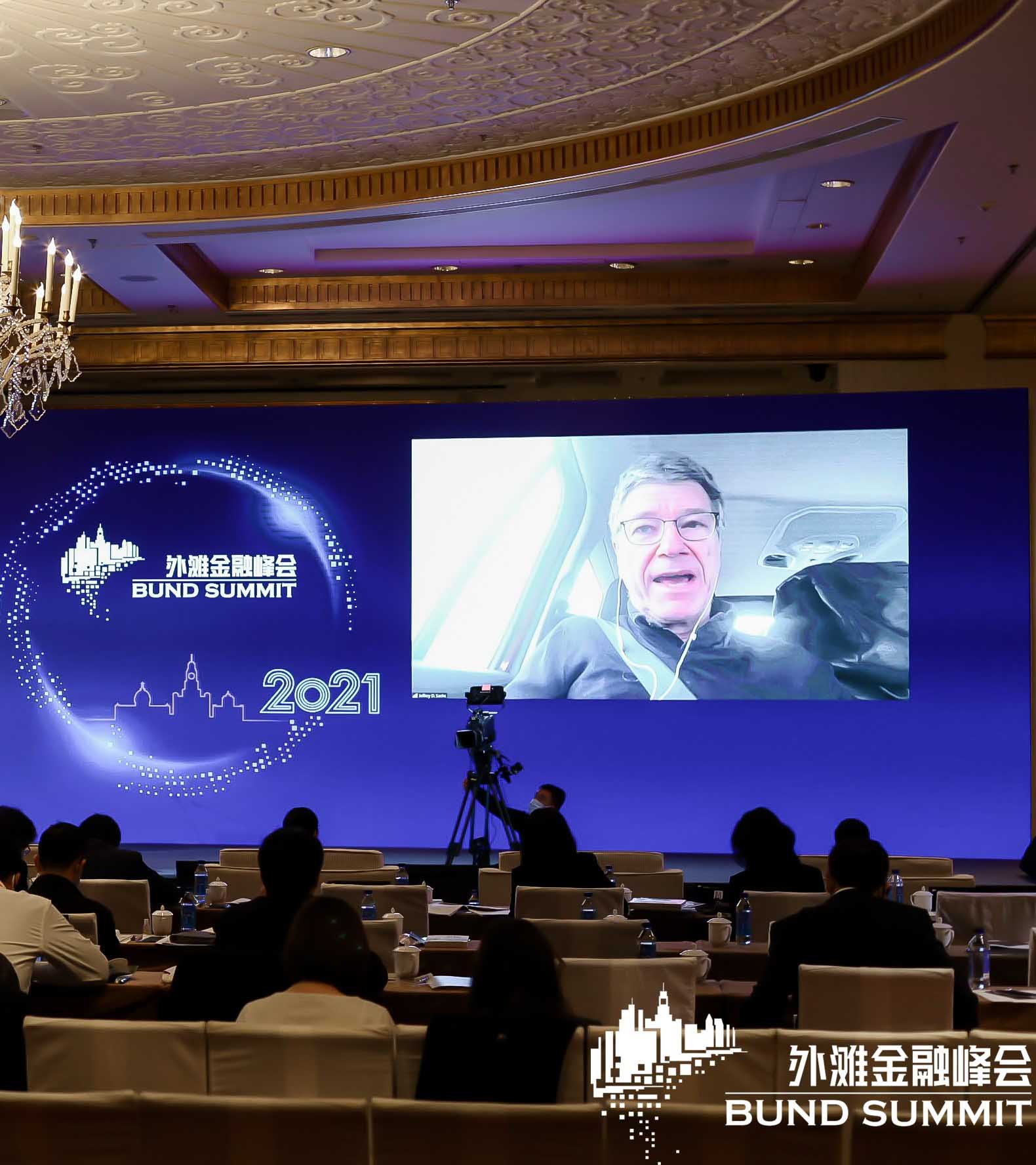

We hardly have financing at all for adaptation, and we have no financing for losses and damages. We don't even have the $100 billion a year framework for the developing countries agreed. That promise of $100 billion per year was made in 2009. And what we know is that 100 billion is a small fraction of what is needed to meet our goals.
To make this work, we need planning within countries, and we need globally coordinated planning. We will not decarbonize the world energy system in 28 years on a market basis alone. In fact, markets will not even be the main instrument of decarbonization. Quantity regulation will be the main instrument. Ending coal-fired power plants, phasing them out, planning a regional grid for renewable energy, phasing out internal combustion engine automobiles: all of these are regulatory steps. They require extensive planning of land use, of the power grid, of the utility sector.

Jeffrey SACHS
University Professor, Columbia University
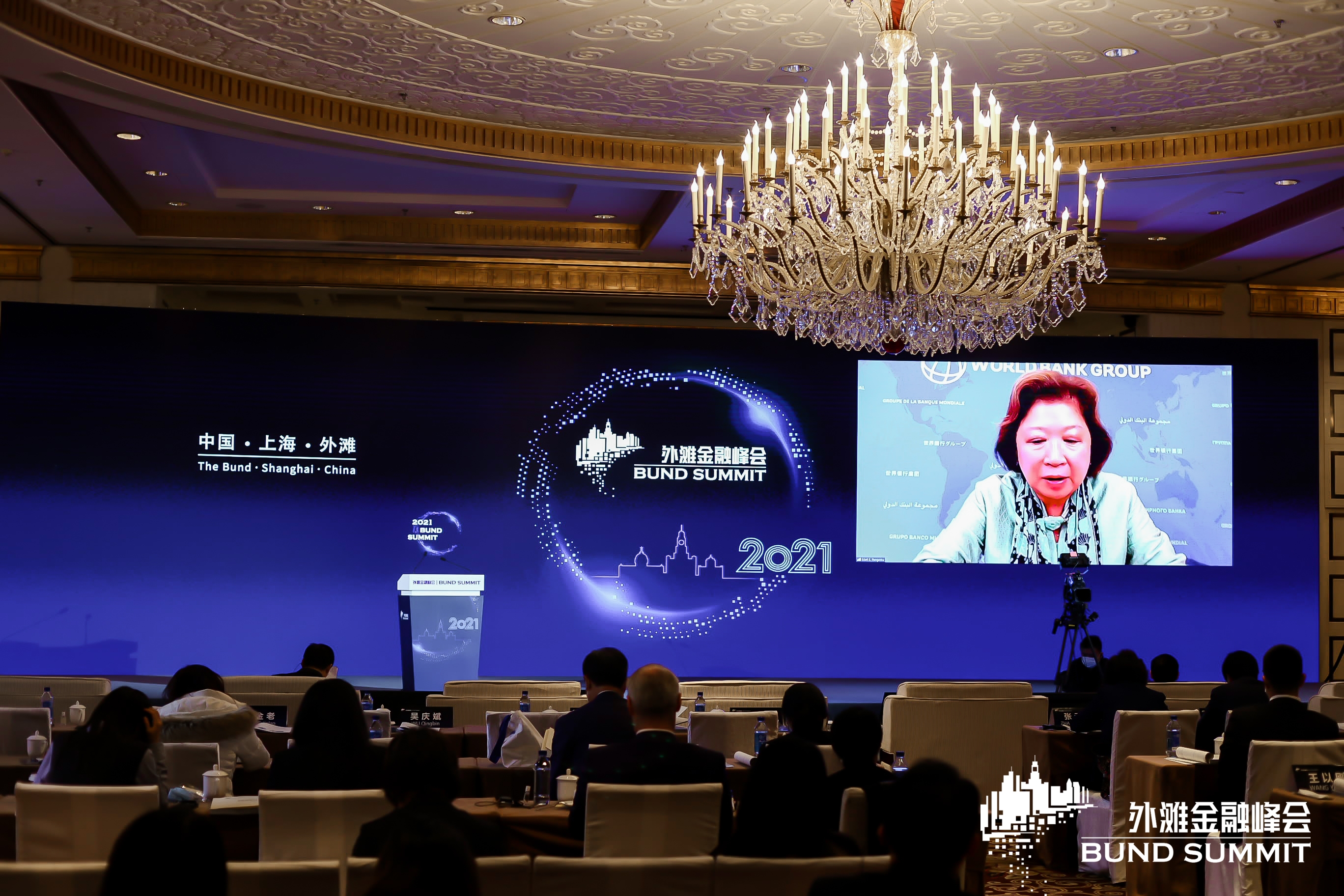

If we talk about fairness, it is a global challenge. And it is up to the global community to address climate change, poverty and inequality together, tackle together. It's not just about climate. And I think fairness, whether you're talking about developed or developing countries, it is about putting people at the center of the climate action.
I think energy transition or decarbonization is not just about investing in renewables or efficient energy use, but it is about a deeper process of structural change – how to move production and consumption from energy-intensive industries, to more innovation- and skill-intensive sectors, and to services.

Mari PANGESTU
Managing Director of Development Policy and Partnerships, World Bank


Look, we know many key elements of how we build zero carbon economies…At the absolute core of it is to electrify as much of the economy as possible, and decarbonize electricity.
And it is also true and that in many sectors, in addition to carbon prices, other forms of policy are very important, regulation will drive the decarbonization of road transport, planning is essential for the development of electrical systems, transmission and distribution, as well as generation. But there are some sectors of the economy which we cannot simply electrify. And interestingly, these are the sectors where carbon prices are probably most effective, and where there is the greatest need for international coordination. And these are heavy industrial sectors such as steel, cement and chemicals, long distance transport sectors, such as shipping and aviation.
Let's address this issue of how one uses the proceeds of carbon prices. And I think there are three that we ought to think about. One, as you say, is to take some of it and use it to support the early stages of technological development. And that relates to Tharman's point that in some sectors, we have technologies which are not quite technologically ready. I think if we do that, however, we do have to be disciplined. There could be an temptation for the relevant industry to say, I must be, you know, permanently subsidized.

Lord Adair TURNER
Chair, Energy Transitions Commission; Senior Fellow, Institute for New Economic Thinking
Watch the highlights
